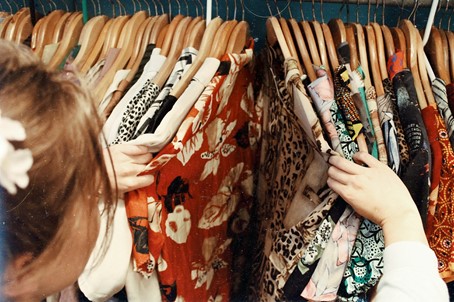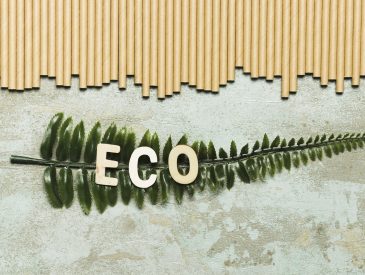The circular design has started to gain momentum in recent years as consumers and fashion industry leaders recognize the urgent need for a shift to a more sustainable and circular economy. Whereas traditional linear production and consumption models are based on a “take-build-dispose” approach, the cyclical design aims to create a closed-loop system in which materials are continually repurposed and regenerated, thereby reducing waste and resource consumption.
In the context of fashion, circular design challenges the fast fashion industry, which is famous for its high environmental and social costs. Fast fashion encourages consumers to buy clothes acceleratedly, with products often made from cheap materials and produced under exploitative working conditions. As a result, the industry is responsible for significant greenhouse gas emissions, pollution, and waste, and every second, a garbage truck dumps clothing on the land or burns it.
Circular fashion extends the broader circular economy focused on reducing waste and increasing resource efficiency.
Four basic principles define circular design in the fashion industry:
- Decrease,
- Repair,
- Reuse,
- Recycling.
Reduction is the first step towards circular fashion. This principle includes designing durable, high-quality, and long-lasting products. By creating garments that stand the test of time, designers can reduce the number of items in landfills and incinerators. In addition, reduction also means minimizing waste throughout the entire supply chain, from material sourcing to production and distribution.
The fix is the second principle of circular fashion. When it is torn or broken, repairing the garment instead of throwing it away will prolong its life of the garment. The repair can take many forms, such as repairing, patching, or replacing. By mending clothes, consumers can reduce their environmental impact and save money in the long run. Some companies even adopt repair as a business model and offer their customers a repair service for a fee.
Reuse is the third principle of circular fashion. Reusing clothes means finding new ways to wear old items; for example, changing clothes with your friends or transforming them into new designs. Upcycling involves transforming old clothes into something new and exciting, often using creative and innovative techniques. By reusing clothing, consumers can reduce their dependence on new products and minimize their environmental footprint.
Recycle is the fourth and final principle of circular fashion. Recycling involves turning old clothes into new fibers or materials that can be used to create new products. Recycling can take many forms, such as mechanical recycling, chemical recycling, and biodegradation. Mechanical recycling involves breaking down old clothing and turning it into a new fiber. In contrast, chemical recycling involves breaking the fabric into chemical components and transforming them into new materials. Finally, biodegradation involves the natural breakdown of fabric by methods such as composting.
In addition to these four principles, circular fashion emphasizes the importance of sustainable sourcing and ethical work practices. Sustainable sourcing involves choosing materials with minimal environmental impacts, such as organic cotton, recycled polyester, or bamboo. Ethical workforce practices ensure that workers are treated fairly and paid a livable wage throughout the supply chain.
Circular fashion also highlights the importance of collaboration between stakeholders, including designers, manufacturers, policymakers, and consumers. Stakeholders can work together to create a more sustainable and circular fashion system. For example, policymakers can support circular fashion initiatives by enforcing regulations encouraging companies to adopt circular design principles. Consumers can also play a role by supporting sustainable and ethical brands and adopting circular practices such as repairing and recycling clothing.
Several brands are leading the circular fashion. For example, the Patagonia brand is a company that has adopted circular design principles from the very beginning. The company aims to create high-quality outerwear products that last for years.
Turning the future of fashion into circular design leads the way to protecting our world’s resources.
Source: Photo by Becca McHaffie on Unsplash.





